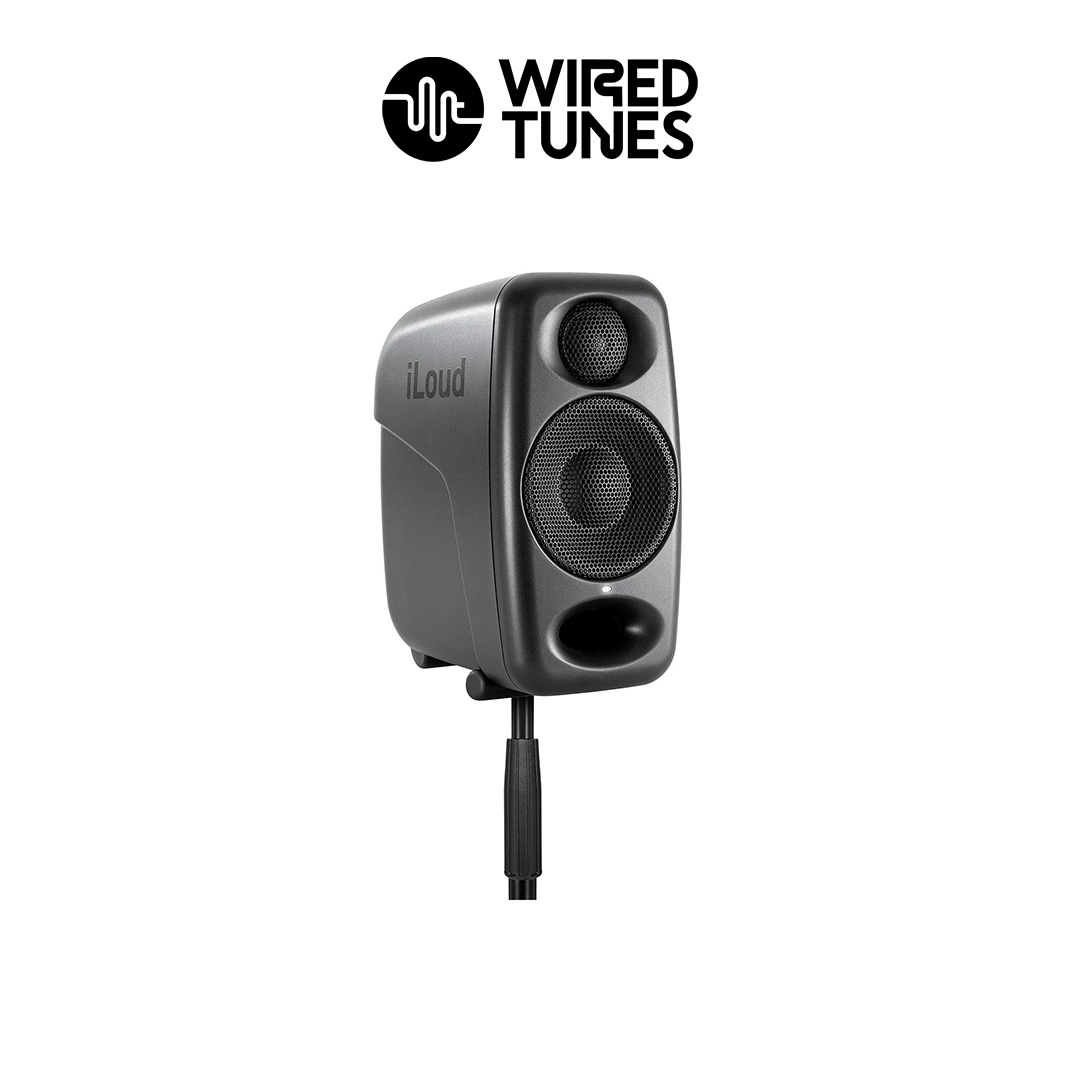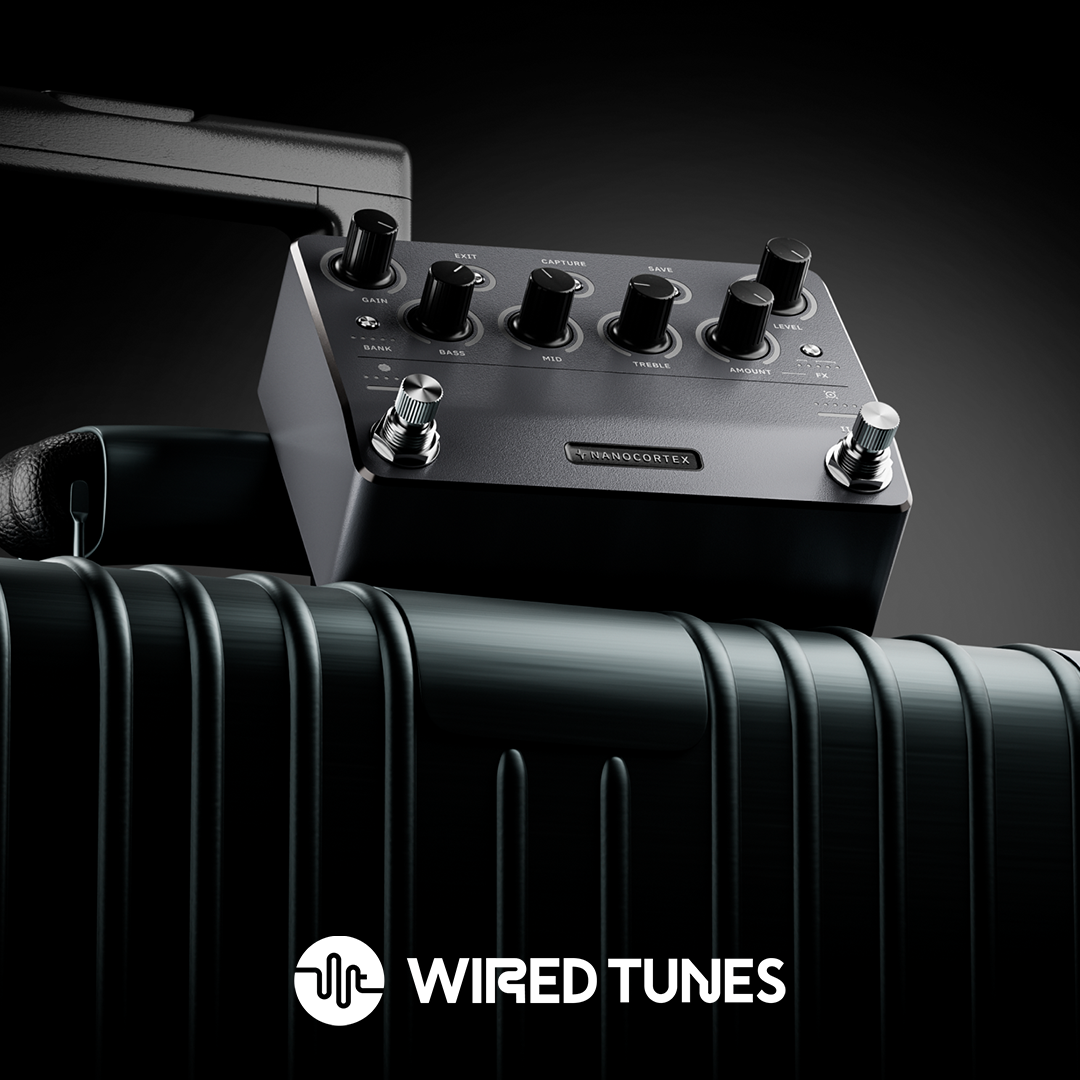Dolby Atmos is a leading spatial sound technology that was first used in the 2012 film "Brave." Within a year, the system was installed in 25 locations, and by 2013, there were over 300 installations worldwide. By 2022, the number of theaters equipped with the new standard surpassed 10,000.
Today, Atmos technology can be found in many common electronic devices, including smartphones, TVs, soundbars, and headphones.

What is Dolby Atmos?
Dolby Atmos surpasses the capabilities of traditional, older multi-channel sound systems. It changes the way audio content—movies, music, and games—is encoded and played back, regardless of how many speakers your system has. A significant leap forward, and a key feature of Atmos, is the addition of "height" dimension speakers placed above the listener's ears. These innovations make the listening experience fully immersive.
Before this standard, sound engineers had to mix audio for specific systems like 5.1 or 7.1, and the listener needed the exact setup or had to rely on compromises made by receivers, which converted signals to fit the available speaker layout. Dolby Atmos solves this problem by using object-based sound rather than channel-based sound as in previous standards. In an object-based system, engineers place sounds within a virtual 3D space—along the X, Y, and Z axes—and the Dolby Atmos system, along with compatible devices, decodes the signal based on the speaker configuration available. This significantly enhances the three-dimensional perception of sound. With automated mixing techniques (e.g., the sound of a helicopter flying overhead), objects can smoothly move across any axis—coming from behind, moving right, up, and left, or in any other combination.
The technology supports 128 channels, which can be used to create up to 118 objects that can be freely placed and moved in space. The first 10 channels are reserved for the base sound track, maintaining backward compatibility. Similarly, the number of speakers in a theater can reach up to 128, while home and studio installations typically use 5.1.2 or 7.1.2 setups. For instance, a 7.1.2 configuration means seven main speakers, a subwoofer, and two speakers mounted above the listener. A standard Atmos system can also use four overhead speakers (two in the front, two in the rear), noted as 7.1.4.
Where is Dolby Atmos used, and why?
Dolby Atmos is primarily used in cinemas, providing an excellent solution for theaters to faithfully recreate a film's audio experience, regardless of the room's size or speaker configuration.
For a film to be shown in Dolby Atmos, it must first be sound-engineered in a studio, making studios another professional setting where this technology is installed. In addition to films, Dolby Atmos has also entered the music industry. With Dolby Atmos Renderer software, creators can create alternative mixes in spatial audio, regardless of the DAW (Digital Audio Workstation) they use. You can now listen to immersive mixes of select music tracks on streaming platforms like TIDAL, Apple Music, and Amazon Music.
You can also enjoy Dolby Atmos at home in several ways. If you already have an older 5.1 or 7.1 setup, there's no need to start from scratch. You can use your existing speakers, but Atmos requires a compatible receiver and additional ceiling-mounted speakers. If this isn’t an option, there are alternatives. Special "up-firing" speakers can be added on top of your existing front speakers or placed on other flat surfaces. These speakers, with drivers angled upwards, bounce sound off the ceiling, creating the illusion of height and spatial depth.
Most popular VOD platforms now stream content in Dolby Atmos, allowing you to enjoy both films and music in three-dimensional sound.
Can you play games with Dolby Atmos? Yes! Xbox Series X, S, and PlayStation 5 consoles support immersive gaming experiences with Dolby Atmos. You can also experience Atmos, albeit differently, on many headphone models, such as Apple AirPods Pro, where spatial sound is enhanced with head-tracking technology.
The automotive industry is also embracing spatial sound. In 2021, Lucid Air was introduced as the first car with Dolby Atmos, followed by Mercedes-Benz. Currently, at least eight car manufacturers have announced support for Atmos, with many already available for purchase.
The Future of Dolby Atmos
It won’t be surprising if this new spatial sound standard becomes the "next stereo." Dolby has created an ecosystem designed to make Atmos accessible across professional and consumer markets. Increasingly, music is being created with a Dolby Atmos mix, and older recordings are being remixed, allowing listeners to rediscover them as if they were inside the song. According to Billboard, 92% of the top 100 artists have released music in Dolby Atmos.
Although many consumer devices with the Dolby Atmos logo may not deliver the full potential of the technology compared to advanced multi-speaker setups in acoustically treated spaces, the new standard is moving towards being widely accessible. These compromises should not come as a surprise. What can smaller creators do? The Dolby Atmos Renderer application allows for binaural playback, meaning it simulates spatial audio as accurately as possible using headphones. This enables music, podcast, and other audio content creators to produce works with the new standard in mind.
Now you know that Dolby Atmos is an advanced spatial sound technology that enables precise placement of sounds in 3D space, offering fully immersive experiences in cinemas, home devices, games, and even cars. By using object-based sound, Dolby Atmos overcomes the limitations of traditional sound systems and is becoming increasingly common across various platforms and devices.








